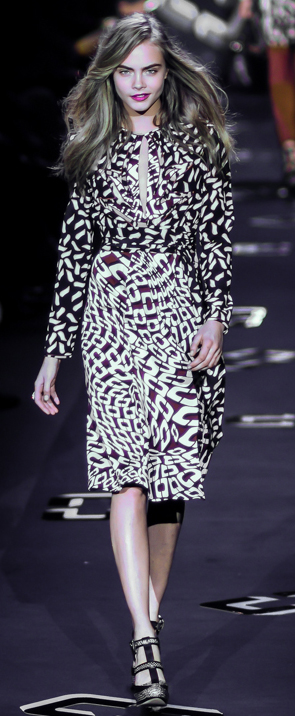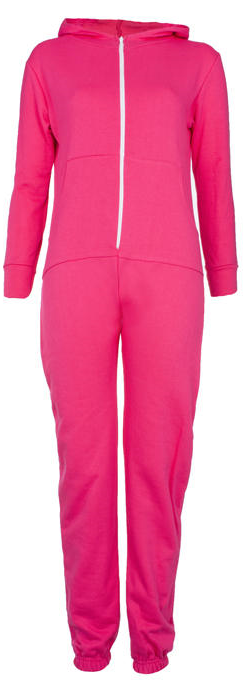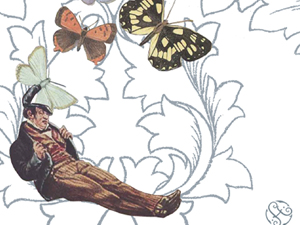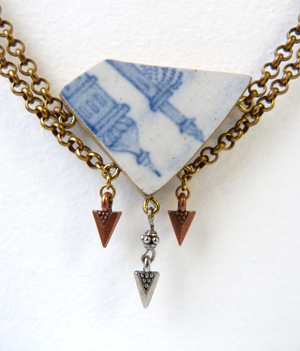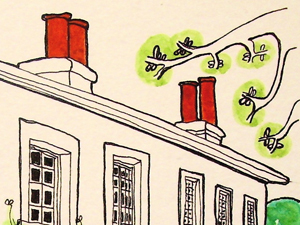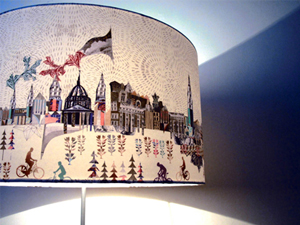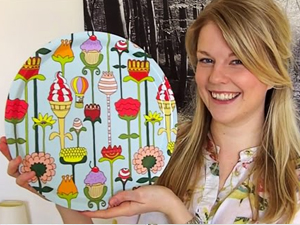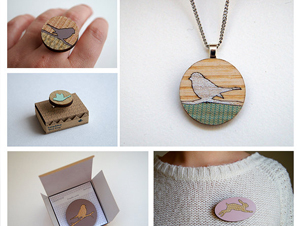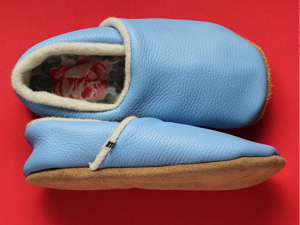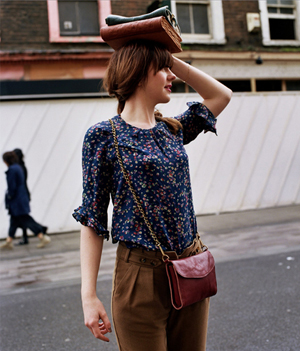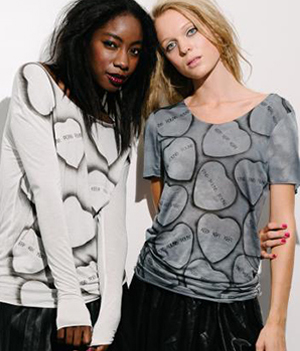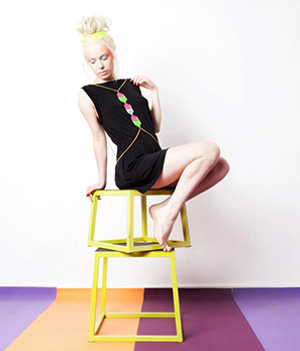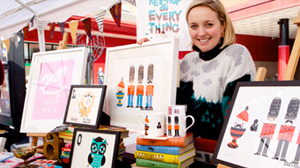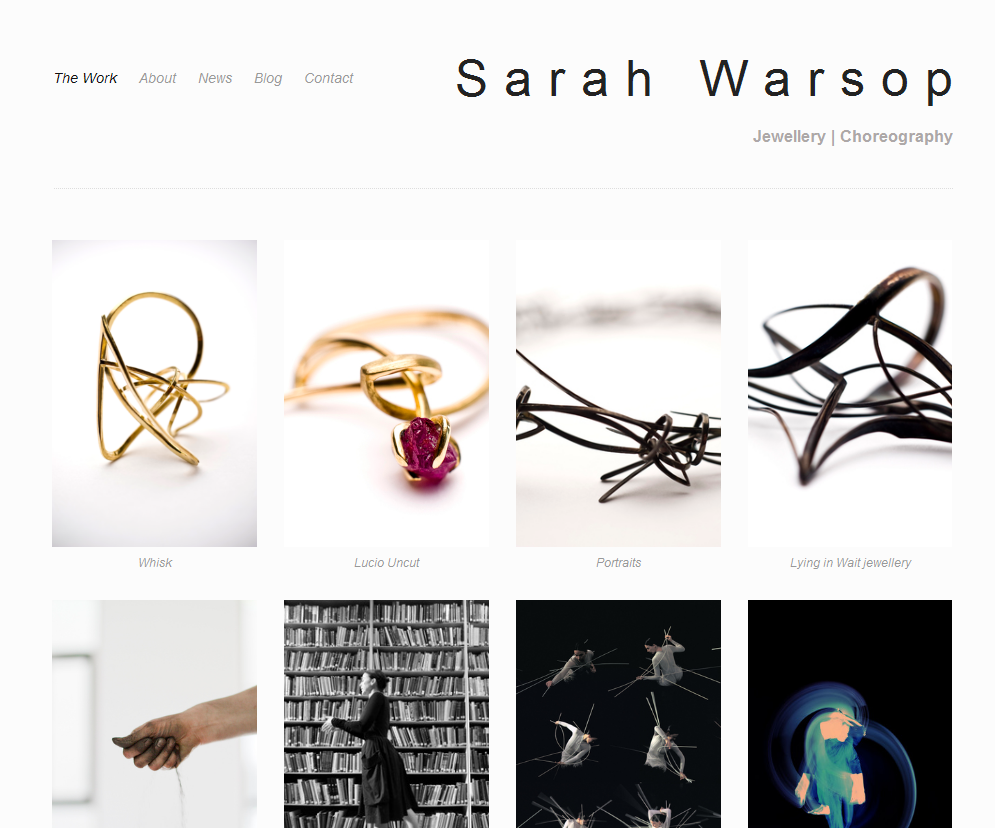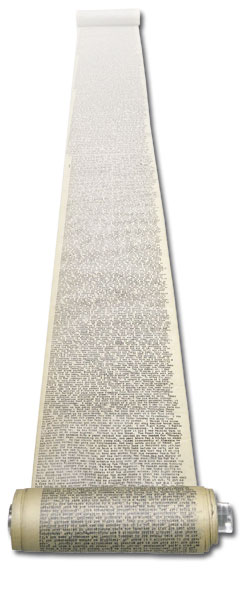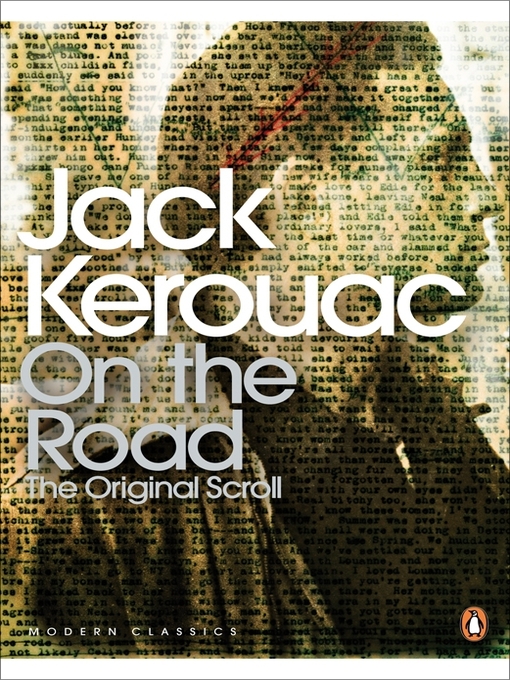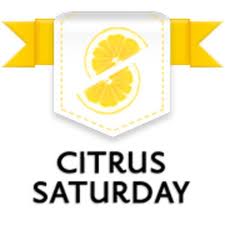
Following on from my post on Cara Delevingne the brand, I had a look at Victoria and David Beckham and their brands, as they have been in the news a lot recently after their return to the UK from California.
Victoria Beckham has always been clever in business, and sensibly attempted to trademark the term Posh (her nickname in the Spice Girls) early on.
However, her application was contested by Peterborough Football club who were able to prove they had been known as The POSH since the 1920’s.
Naturally after winning the court case, the club went into action and registered The POSH at the IPO (Intellectual  Property Office). However, they seem to have got a rather carried away, and instead of choosing one or two relevant business classes from the 45 Nice scheme like normal, they paid for an amazing 28 classes (see below for details).
Property Office). However, they seem to have got a rather carried away, and instead of choosing one or two relevant business classes from the 45 Nice scheme like normal, they paid for an amazing 28 classes (see below for details).
So although they are making good use of class 25 for their t-shirts and scarves. I’m wondering how they are planning to exploit class 13 Firearms; ammunition and projectiles or class 34 Tobacco; smokers’ articles; matches. Perhaps they will surprise their fans and branch out into cigarettes.
 Victoria bounced back from this initial set-back and has successfully established her Victoria Beckham brand in the key luxury product categories of sunglasses, scent and houte couture. According to TheRichest.org her business is currently worth £30 million.
Victoria bounced back from this initial set-back and has successfully established her Victoria Beckham brand in the key luxury product categories of sunglasses, scent and houte couture. According to TheRichest.org her business is currently worth £30 million.
List of goods or services
- Class 03:
- Detergents; bleaching preparations and other substances for laundry use; cleaning, polishing, scouring and abrasive preparations; dentifrices; antiperspirants; deodorants for personal use.
- Class 08:
- Hand tools; hand operated implements; razors.
- Class 09:
- Apparatus for recording, transmission or reproduction of sound or images; optical or magnetic data carriers; recording discs; video recordings; automatic vending machines; calculators; data processing equipment; computers, computer programs; computer games; prerecorded discs and tapes; protective clothing; and parts and fittings, all included in Class 9 for any of the aforesaid goods.
- Class 11:
- Apparatus for ventilating, water supply and sanitary purposes; and parts and fittings, all included in Class 11, for any of the aforesaid goods.
- Class 12:
- Vehicles; apparatus for locomotion by land, air or water; and parts and fittings, all included in Class 12, for any of the aforesaid goods.
- Class 13:
- Firearms; ammunition and projectiles; explosives; fireworks.
- Class 14:
- Cufflinks; watches and clocks.
- Class 15:
- Musical instruments; electronic musical instruments; and parts and fittings, all included in Class 15, for any of the aforesaid goods.
- Class 16:
- Publications; pens, pencils, writing instruments; playing cards.
- Class 17:
- Rubber, gutta-purcha, gum, mica; goods made of any of the aforesaid materials; plastics in extruded form for use in manufacture; packing, stopping, insulating and packaging materials; flexible hoses and pipes, not of metal.
- Class 18:
- Bags, sports bags.
- Class 20:
- Garment hangers.
- Class 21:
- Household or kitchen utensils and containers (not of precious metal or coated therewith); combs; sponges; brushes other than paintbrushes; articles for cleaning purposes; steel wool; glassware, porcelain and earthenware, all included in Class 21; mugs, tankards, ashtrays.
- Class 24:
- Textiles and textile articles; bed and table covers; bedding.
- Class 25:
- Clothing; articles of outer clothing for men, women and for children; headgear; ties.
- Class 26:
- Cloth badges; badges not of precious metal.
- Class 27:
- Carpets, rugs, mats and matting; linoleum and other materials for covering existing floors; floor and wall tiles; wall hangings not of textile; wallpaper.
- Class 28:
- Toys, games and playthings; gymnastic and sporting articles; articles for use in playing football.
- Class 29:
- Meat, fish, poultry and game; meat extracts; preserved, dried and cooked fruits and vegetables; jellies, jams, fruit sauces; eggs, milk and milk products; edible oils and fats; prepared meals, goods of Class 29 predominating.
- Class 30:
- Coffee, tea, cocoa, sugar, rice, tapioca, sago, artificial coffee; flour and preparations made from cereals, bread, pastry and confectionery, ices; honey, treacle; salt, mustard; vinegar, sauces (condiments); spices; ice; prepared meals, goods of Class 30 predominating.
- Class 31:
- Agricultural, horticultural and forestry products and grains included in Class 31; live animals; fresh fruits and vegetables; seeds, natural plants and flowers; foodstuffs for animals, malt.
- Class 32:
- Beer, mineral and aerated waters and other non-alcoholic drinks; soft drinks; fruit drinks and fruit juices; syrups and other preparations for making beverages.
- Class 33:
- Alcoholic beverages other than beer.
- Class 34:
- Tobacco; smokers’ articles; matches.
- Class 36:
- Insurance services; financial affairs; monetary affairs; banking services; credit card services; debit card services; exchanging money; investment services; financial sponsorship.
- Class 38:
- Telephone and telecommunication services; rental of telephone and telecommunication equipment.
- Class 41:
- Providing of training; entertainment; sporting and cultural activities.
- Class 42:
- Computer programming; snack bar services; news reporter services; security guard services; crowd control services.
- Class 13:
- Firearms; ammunition and projectiles


